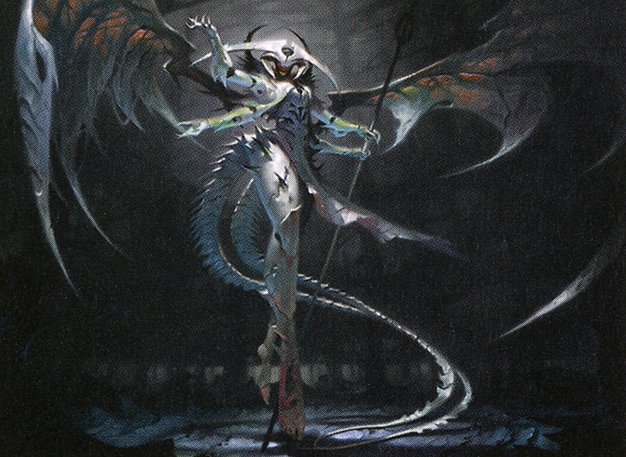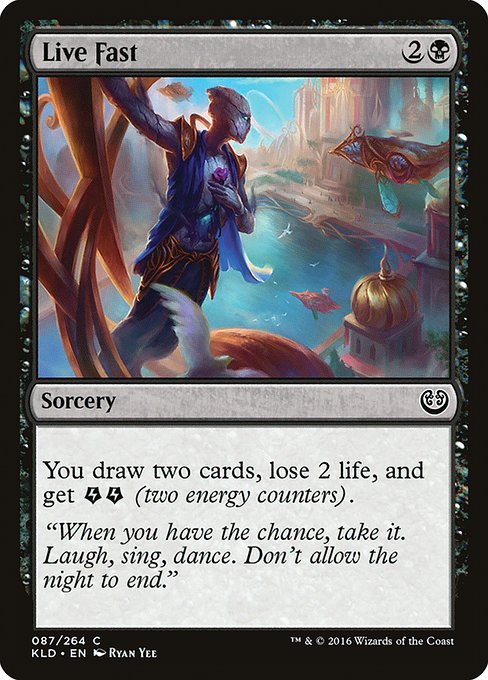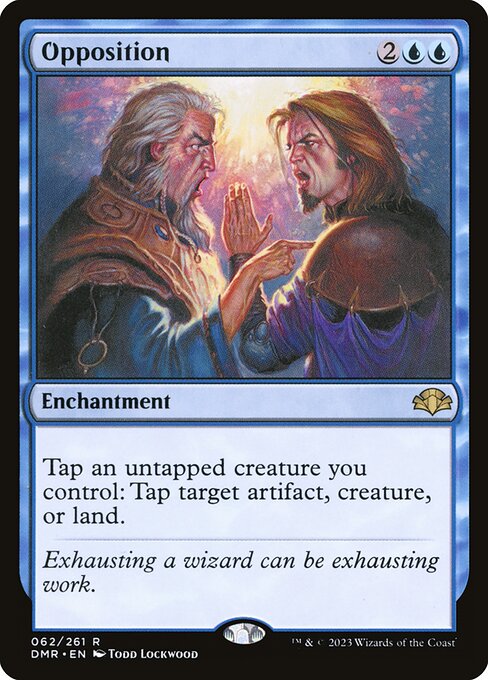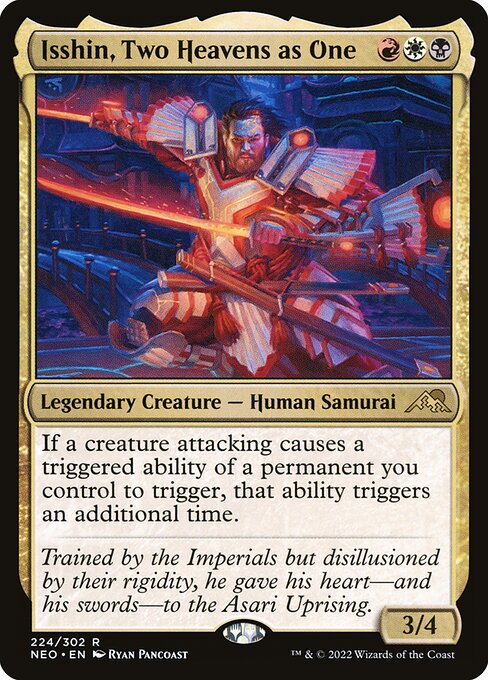Deck & Commander Strategies

Atraxa, Praetors' Voice
Build around the energy mechanic by generating and spending energy counters, then proliferate them to enhance creatures and planeswalkers for incremental advantage.

Isshin, Two Heavens as One
Leverage the bushido mechanic and samurai tribal synergies to boost creatures' combat stats during blocking interactions and overwhelm opponents through combat superiority.

Jared Carthalion, True Heir
Utilize the banding mechanic to group creatures for coordinated attacks and blocks, enabling damage redirection and protecting key creatures from damage.

Verazol, the Split Current
Exploit the kicker mechanic by casting spells with additional kicker costs to gain extra value like card draw, ramp, or removal, enabling tempo swings and resource advantage.
Gameplay Insights
- 1
Banding allows a group of creatures to attack or block together and enables the controller to assign combat damage among the blockers, providing strategic damage mitigation.
- 2
Proliferate on Atraxa synergizes well with energy counters, amplifying the board's power and enabling incremental growth over multiple turns.
- 3
Kicker spells in Verazol's deck provide significant value by drawing cards or generating extra effects when kicked, creating strong tempo advantages.
- 4
Bushido's combat boost triggers on blocking or being blocked, encouraging strategic blocking to maximize creature power during combat phases.
- 5
The complexity and rarity of banding made it difficult to consistently leverage, but when executed correctly it can redirect damage to preserve key creatures.
- 6
Managing the mana base and timing of key mechanic activations was critical; for example, Atraxa needed multiple colors to fully utilize energy and proliferate.
Notable Cards
-

Live Fast
-

Verazol, the Split Current
-

Atraxa, Praetors' Voice
-

Opposition
-

Notion Thief
Gameplay Summary
The game featured four distinct decks each built around an unusual or underutilized keyword mechanic: banding, energy, bushido, and kicker.
Early turns involved players setting up their mana bases and deploying key creatures to establish board presence.
Atraxa's energy deck leaned heavily on accumulating energy counters and proliferating them, leveraging its commander and cards that generate or consume energy for incremental advantage.
Meanwhile, the kicker deck focused on maximizing value from spells with kicker costs, often casting spells with additional effects for bonus card draw or utility.
The banding deck struggled with the complexity and rarity of the mechanic, but sought to use banding to manipulate damage assignment during combat, potentially saving creatures and redirecting damage.
The bushido deck relied on samurai tribal synergies, gaining incremental combat boosts when blocking or being blocked.
As the game progressed, interactions between these mechanics created varied combat scenarios, with banding allowing tactical damage distribution, energy enabling resource generation and proliferate synergies, kicker providing explosive spell value, and bushido enhancing combat prowess.
Key turning points included the first successful band attack with damage redirection, Atraxa starting to proliferate counters, and kicker spells generating card advantage and tempo swings.
The game demonstrated the challenges and unique strengths of each keyword, with the kicker and energy decks gaining momentum through value engine setups, while banding and bushido provided strategic combat nuances.
Ultimately, the winner was determined by which deck could best leverage its mechanic's strengths while mitigating its inherent weaknesses in multiplayer Commander.























![Commander VS Special: Kresh vs Xantcha vs Rhys vs Atraxa [EDH] thumbnail](https://i.ytimg.com/vi/3F2CvGLBGvw/sddefault.jpg)










